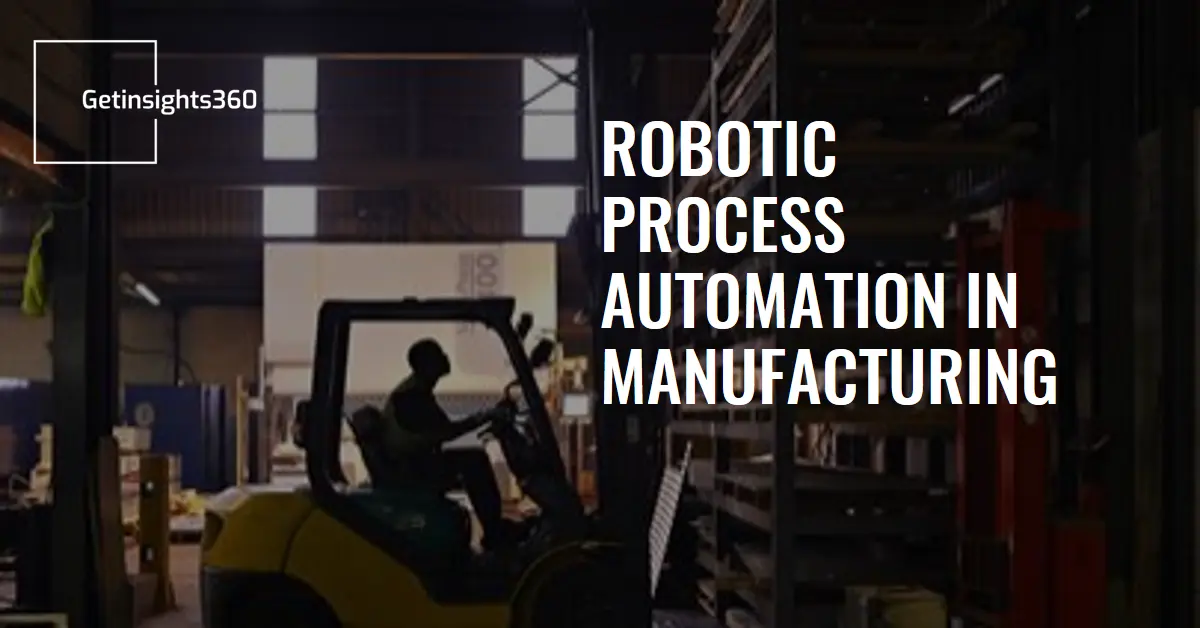
A Complete Guide to Robotic Process Automation in Manufacturing
Introduction
In the rapidly evolving landscape of the manufacturing industry, technological advancements play a pivotal role in enhancing efficiency, reducing costs, and staying competitive. One such groundbreaking technology that has gained momentum in recent years is Robotic Process Automation (RPA). RPA involves the use of software robots or “bots” to automate repetitive and rule-based tasks, and its application in the manufacturing sector has proven to be transformative. This blog explores the key aspects of Robotic Process Automation in the manufacturing industry, highlighting its benefits, real-world examples, implementation strategies, and the future outlook.
Benefits of RPA in Manufacturing
Enhanced Operational Efficiency
Robotic Process Automation streamlines routine tasks such as data entry, order processing, and inventory management. This leads to a significant reduction in manual errors, increased accuracy, and faster processing times, ultimately boosting overall operational efficiency.
Cost Reduction
By automating mundane and repetitive tasks, manufacturing companies can achieve substantial cost savings. The deployment of RPA results in reduced labor costs, fewer errors, and enhanced resource utilization, contributing to a more cost-effective production process.
Improved Quality Control
RPA ensures consistent and accurate data processing, leading to better quality control in manufacturing operations. This is particularly crucial in industries where precision and adherence to specifications are paramount.
Faster Time-to-Market
Automation accelerates the production cycle by expediting tasks that would traditionally take a considerable amount of time. This swift turnaround time contributes to faster product development and shorter time-to-market for new offerings.
Case Studies & Real-World Examples
Automated Supply Chain Management
A leading automotive manufacturer implemented RPA to automate its supply chain management. The bots were programmed to monitor inventory levels, generate purchase orders, and track shipments. This resulted in a streamlined supply chain, reduced lead times, and improved overall supply chain efficiency.
Data Processing in Electronics Manufacturing
A consumer electronics company integrated RPA into its data processing workflows. Bots were assigned tasks such as extracting data from invoices, validating information, and updating databases. The implementation not only reduced manual data entry errors but also expedited the entire data processing cycle.
Quality Assurance in Pharmaceutical Manufacturing
In the pharmaceutical sector, a major manufacturer utilized RPA for quality assurance processes. Bots were employed to perform routine checks and inspections on production lines, ensuring compliance with stringent quality standards. This not only enhanced the quality control measures but also freed up human resources for more strategic tasks.
Implementation & Integration
Assessment and Planning
Before implementing RPA in manufacturing, a thorough assessment of existing processes is essential. Identifying suitable tasks for automation and developing a comprehensive plan lay the foundation for a successful RPA integration.
Customization of Bots
Each manufacturing facility has unique processes, and RPA solutions need to be customized accordingly. This involves programming bots to understand specific workflows, data formats, and industry regulations.
Integration with Existing Systems
Seamless integration with existing ERP (Enterprise Resource Planning) systems is crucial for the success of RPA in manufacturing. This ensures that automated processes align with broader business objectives and contribute to a cohesive digital ecosystem.
Training and Change Management
Introducing RPA often requires training employees to work alongside the automated processes. Change management strategies should be implemented to help the workforce adapt to the new technological landscape.
The Future of RPA in Manufacturing

Advanced Analytics and Machine Learning Integration
The future of RPA in manufacturing involves integration with advanced analytics and machine learning. This evolution will enable predictive analytics, proactive issue resolution, and the ability to handle complex, non-routine tasks.
Collaboration Between Humans and Bots
The synergy between human workers and RPA bots will become more pronounced. While bots handle repetitive tasks, humans can focus on creative problem-solving, innovation, and strategic decision-making.
Expansion into Small and Medium-sized Enterprises (SMEs)
As technology becomes more accessible, RPA adoption is likely to extend to small and medium-sized manufacturing enterprises. This democratization of automation can level the playing field, allowing smaller businesses to compete more effectively.
Enhanced Security Measures
The future of RPA will witness increased emphasis on security measures to protect against potential cyber threats. This includes robust authentication protocols, encryption standards, and continuous monitoring of automated processes.
Conclusion
In conclusion, the integration of Robotic Process Automation in the manufacturing industry represents a paradigm shift towards enhanced efficiency, reduced costs, and improved competitiveness. The benefits of RPA, as evidenced by real-world examples, underscore its transformative potential. As manufacturing facilities continue to evolve, the seamless implementation and integration of RPA with existing systems will be critical for success. Looking ahead, the future of RPA in manufacturing holds promise with advancements in analytics, collaboration between humans and bots, increased accessibility for SMEs, and heightened security measures. Embracing RPA is not just a technological upgrade but a strategic move towards a more agile and innovative future in the manufacturing sector.